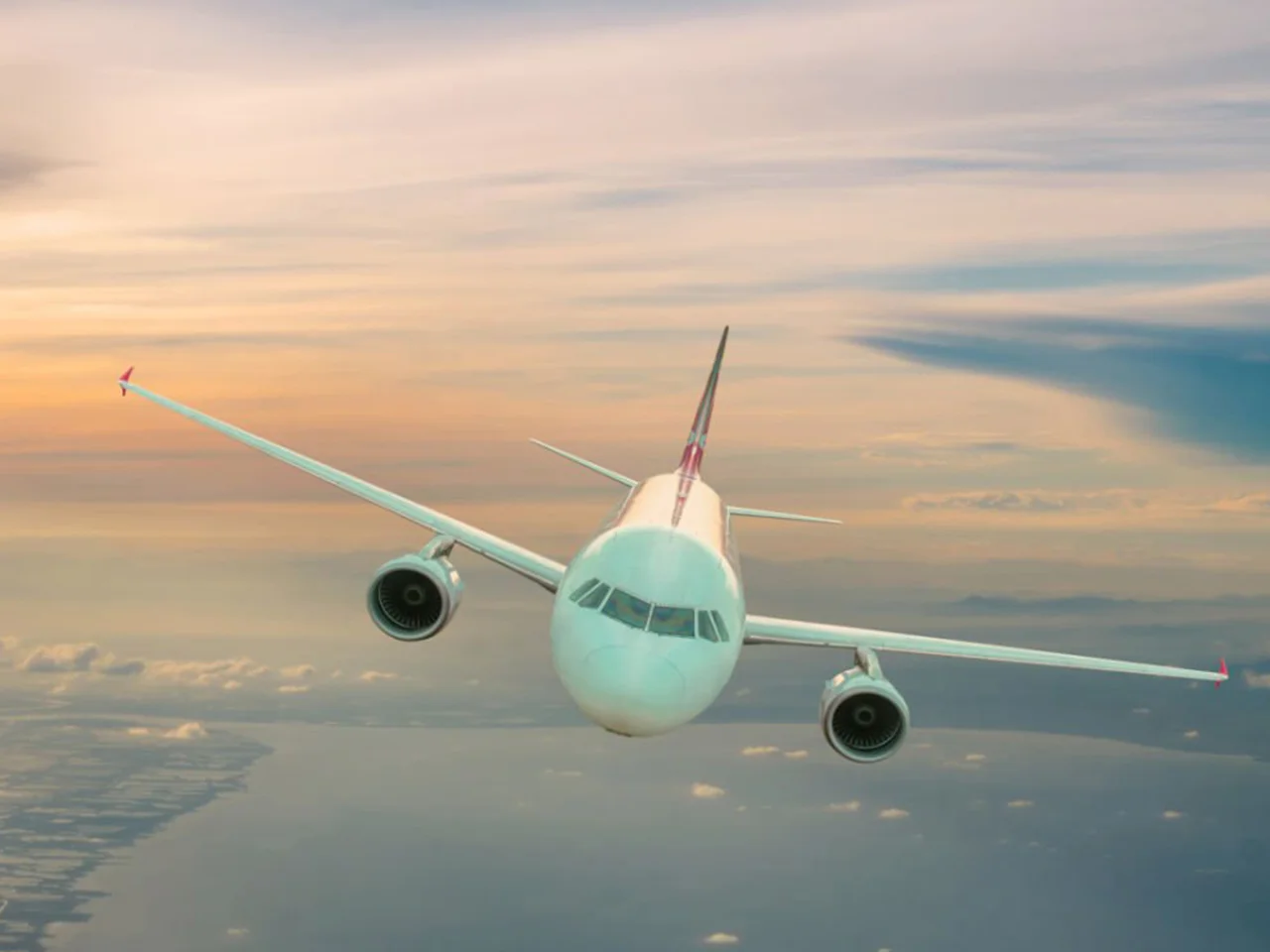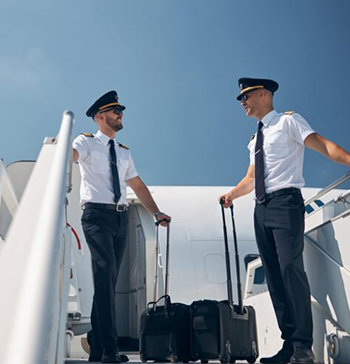
Pilot Training In Philippines For Thai Students
1. Why Aspiring Thai Pilots Choose to Fly Abroad for Training?
A. Limited Training Infrastructure:
- Thailand’s Aviation Infrastructure: While Thailand has a growing aviation industry, it may not offer the same diversity of training facilities and programs as more established aviation hubs.
- Capacity Constraints: Limited availability of flight schools and training aircraft in Thailand can lead aspiring pilots to seek training opportunities abroad.
B. International Recognition:
- ICAO Compliance: Thailand’s aviation regulatory framework may not always align perfectly with international standards set by the International Civil Aviation Organization (ICAO). Pilots seeking global career opportunities prefer training in ICAO-compliant environments.
- Global Career Prospects: Pilots aiming for careers with international airlines often seek training abroad to ensure their qualifications are recognized worldwide.
C. Quality of Instruction:
- Instructor Expertise: Flight schools in countries like the United States, Canada, Australia, and the Philippines often boast highly experienced instructors with diverse backgrounds, offering a broader perspective on aviation.
- State-of-the-Art Facilities: Access to modern simulators, aircraft, and training aids enhances the learning experience, attracting students seeking top-notch training.
2. Why Thai Students Choose the Philippines for Pilot Training?
A. Affordability:
- Cost of Living: The Philippines offers a lower cost of living compared to many Western countries, making it an attractive option for budget-conscious students.
- Training Fees: Flight training programs in the Philippines are often more affordable compared to Western counterparts, allowing students to pursue their dream of becoming a pilot without breaking the bank.
B. English Proficiency:
- English as the Medium of Instruction: English is widely spoken and used as the primary language of instruction in Philippine flight schools. Thai students, proficient in English, find it easier to follow instructions and communicate effectively during training.
C. Established Aviation Industry:
- Abundant Flight Schools: The Philippines has a well-established aviation industry with numerous flight schools and training facilities catering to both domestic and international students.
- Diverse Training Environments: From bustling urban centres to scenic coastal areas, the Philippines offers diverse training environments that prepare students for various flying conditions.
3. Is the Philippines Positioned to Become the Top Pilot Training Destination for Thai Students?
A.Growing Popularity:
- Increasing Enrollment: The Philippines has seen a steady rise in the number of international students, including those from Thailand, enrolling in its flight training programs.
- Positive Reputation: Philippine flight schools have gained recognition for providing quality training at competitive prices, further enhancing the country’s appeal as a top training destination.
B. Strategic Advantages:
- Geographical Proximity: Thailand’s proximity to the Philippines makes it a convenient choice for Thai students, minimizing travel time and expenses.
- Cultural Affinity: Shared cultural values and similar social norms foster a comfortable learning environment for Thai students studying in the Philippines.
4. Can Thai Students Become a Pilot in the Philippines (PH)?
A. Eligibility Requirements:
- Age and Educational Criteria: Thai students must meet the minimum age and educational requirements specified by the Philippine Civil Aviation Authority (CAAP) to enroll in pilot training programs.
- Visa and Immigration: Obtaining the necessary student visa and complying with immigration regulations are essential for Thai students planning to study in the Philippines.
B. Licensing Process:
- Completion of Training: Thai students must successfully complete the required flight training hours and pass the necessary examinations to obtain a pilot license from the CAAP.
- License Conversion: Upon returning to Thailand, graduates may need to undergo additional assessments or exams to convert their Philippine pilot license to a Thai equivalent, depending on the regulations of the Civil Aviation Authority of Thailand (CAAT).
5. How Much Does It Cost to Study Pilot in the Philippines for Thai Students?
A. Cost Breakdown:
- Flight Training Fees: These include aircraft rental fees, instructor charges, and administrative costs associated with flight training programs.
- Accommodation and Living Expenses: Thai students need to budget for accommodation, meals, transportation, and other daily expenses while studying in the Philippines.
- Visa and Immigration Fees: Costs related to obtaining a student visa, visa extensions, and other immigration requirements should also be considered.
B. Estimated Total Cost:
- Varied Expenses: The total cost of pilot training in the Philippines for Thai students can range from $40,000 to $100,000 or more, depending on the type of training program, duration of stay, and individual lifestyle preferences.
6. Who Is Eligible for Pilot Training in the Philippines?
A. General Eligibility Criteria:
- Minimum Age: Applicants must typically be at least 17 or 18 years old to enroll in pilot training programs.
- Educational Qualifications: A high school diploma or equivalent educational qualification is usually required.
- Medical Fitness: Meeting the medical standards set by aviation authorities is essential to ensure candidates are physically fit to fly.
B. International Students:
- Visa Requirements: International students, including those from Thailand, need to obtain a student visa from the Philippines to study pilot training courses.
- English Proficiency: Proficiency in English, both verbal and written, is often a prerequisite for international students to enroll in flight training programs.
7. Is the Philippines a Good Country for Pilot Training for Thai Students?
A. Advantages:
- Affordability: The Philippines offers cost-effective pilot training programs compared to many Western countries, making it an attractive option for Thai students.
- English Proficiency: English is widely spoken and used as the medium of instruction in Philippine flight schools, facilitating effective communication and learning for Thai students.
- Established Aviation Industry: With its abundance of flight schools, experienced instructors, and modern training facilities, the Philippines provides a conducive environment for pilot training.
B. Considerations:
- Cultural Adjustment: Thai students may need time to adapt to the cultural differences and lifestyle in the Philippines, although shared cultural values can ease the transition.
- Regulatory Compliance: Adhering to Philippine aviation regulations and procedural requirements is crucial for Thai students to ensure a smooth training experience.
8. Which Country Is Cheapest for Pilot Training for Thai Students?
A. Cost Comparison:
- The Philippines: Known for its affordability, the Philippines offers relatively low training fees and living expenses compared to countries like the United States, Canada, Australia, and European nations.
- Other Southeast Asian Countries: Some neighbouring countries may also offer cost-effective pilot training options for Thai students, although the quality and accreditation of training programs vary.
B. Affordability vs. Quality:
- Balancing Factors: While affordability is a significant consideration for Thai students, they should also prioritize the quality of training, instructor expertise, and accreditation of flight schools when choosing a training destination.
9. Overseas Pilot License Conversion – Convert Philippines License into Thai License
A. Conversion Process:
- Regulatory Requirements: Thai students returning from the Philippines with a pilot license issued by the CAAP may need to undergo a license conversion process administered by the CAAT.
- Assessment or Examination: Depending on the regulations of the CAAT, graduates may be required to undergo additional assessments or exams to validate their qualifications and obtain a Thai pilot license.
B. Documentation and Fees:
- Submission Requirements: Graduates typically need to submit relevant documents, including their Philippine pilot license, training records, and medical certificates, to initiate the license conversion process.
- Conversion Fees: There may be administrative fees associated with the license conversion process, which vary depending on the policies of the CAAT.
Conclusion:
In summary, aspiring Thai pilots choose to fly abroad for training to access better infrastructure, international recognition, and quality instruction. The Philippines emerges as a preferred training destination for Thai students due to its affordability, English proficiency, and established aviation industry. While the Philippines has the potential to become a top training destination for Thai students, factors such as regulatory compliance, cultural adjustment, and cost-effectiveness influence students’ decisions. Ultimately, the Philippines offers a conducive environment for pilot training, but students should carefully consider their priorities and research their options before embarking on their aviation journey.
Free Career Guide

Want to find out more about our pilot courses?
Download our free eBook to learn all about pilot training in the Philippines, including the qualifications needed, the training process, available courses, and career opportunities. Find out how you can take the first step toward a rewarding career in aviation.






